Free Tropical Runtz seeds on orders over $150!
Tetraploid and triploid weed seeds are great for breeders and growers trying to boost the quality and quantity of their crops. Also, these cannabis seeds are a smart investment that can help producers (novice or seasoned) reach their objectives and produce high-quality cannabis that grow bigger and generate larger flowers with more trichomes). Here’s everything you need to know about these weed plants, including how they’re made, their qualities, advantages, and disadvantages.
Polyploidy occurs to variable degrees in nearly all flowering plants. Many agricultural products that have become mainstays in the human diet, such as strawberries, coffee, potatoes, and oats, are polyploids. Cannabis breeders have discovered methods to increase the number of chromosomal sets within cannabis cells by chemical means and crossbreeding between diploid and polyploid kinds. Polyploid cannabis strains are beneficial since these plants generate larger buds, more cannabinoids and terpenes, and higher total yields. Learn all you need to know about polyploid (triploid and tetraploid) weed and how it may shape the industry’s future.
Triploids are those who have three sets of chromosomes. Although this can occur naturally and spontaneously, in the cannabis industry, a triploid is normally obtained by crossing a tetraploid plant with a diploid plant. Triploid methods are also widely used in food production for crops such as grapes, bananas, and citrus fruits since they lack seeds and are thus perfect for immediate consumption. Triploids are responsible for the high demand for seedless cannabis. Because triploid plants lack seeds, they cannot be fertilized even when directly exposed to male pollen, allowing for more dependable and prolific plants that may be kept in close proximity to others.
Triploid plants do exist in nature, although they are exceedingly uncommon. To make them, breeders must first generate tetraploid weed varieties. After obtaining tetraploid genetics, breeders must pick acceptable diploid individuals with desirable qualities. Triploid offspring are produced when a well-selected tetraploid parent is crossed with a diploid parent.
The main differences exhibited by triploid plants include:
Triploid cannabis provides breeders with a new playing field. Triploid plants, like the introduction of autoflowering and feminized genetics, have the potential to alter the cannabis business significantly. According to a recent study, these cultivars have a lot of potential. However, this discovery is still in its early stages, and triploid weed plants have significant drawbacks that may limit their adoption among commercial and amateur breeders and producers.
Triploid cannabis plants do have some significant advantages. They provide a seedless plant, higher yields, larger buds, and higher levels of cannabinoids. However, for the time being, these cultivars are mostly restricted to research facilities. They also have certain drawbacks. Because of their extremely low fertility, gardeners will have to keep a line of clones going perpetually to keep a progeny they like.
This necessitates the use of resources like space, lighting, and nutrients. Furthermore, triploid variants are difficult to develop. They require understanding of plant genetics and the capacity to develop tetraploid strains as parent stock. In reality, the great majority of small-scale producers lack the tools and skills to create their triploid genetics.
Yes, technically. A breeder might cross parent strains that were diploid and triploid. However, the outcomes are unlikely to be worth the effort because their uneven chromosomal sets might disturb the regular reproductive process. Furthermore, triploids are virtually always sterile, which means that there is only a very small possibility that they will go to seed and generate offspring.
Tetraploid cannabis plants have three sets of chromosomes; each cell has four, two from each parent. However rare, this is a naturally occurring phenomenon that is not limited to cannabis. These types of cannabis are easier to produce than triploids; consider them a botanical forerunner. Other plants and vegetables, such as wheat and potatoes, can also contain it.
Plant scientists use chemical intervention to make tetraploid plants. When certain compounds are sprayed on a weed plant, the cells replicate their chromosomes. Colchicine, a naturally occurring molecule found in autumn crocus that interferes with cell development, is one of these chemicals. Oryzalin, a less hazardous option, is also used by researchers to obtain the same outcome.
Tetraploid cannabis plants have distinct characteristics that make them appealing to breeders and producers. These characteristics include:
With the presence of more chromosomes, there is some early data to suggest that tetraploid weed plants could offer the following advantages:
Tetraploid plants, like triploid genetics, exhibit some truly astonishing features and are quite straightforward to develop through chemical manipulation. They do, however, have a few drawbacks. For starters, their low fertility makes successful crosses difficult to achieve. They also tend to develop at a slower rate than diploid types, making them less desirable to growers who seek speed. Additionally, they are restricted to a certain region of breeding, and a lack of awareness of tetraploids will make them difficult to deal with for most amateurs.
Yes! In reality, this is how breeders produce triploid plants. When a tetraploid and diploid are crossed, they generate offspring with three sets of chromosomes. Although tetraploid plants have lower female fertility than diploids, they can still reproduce (they produce fewer cannabis seeds).
While the triploid and tetraploid cannabis seeds are not yet widely available and are still in the research and development stages, the earliest findings speak loudly. The possibility to develop high-quality cannabis at a faster rate with higher yields will always appeal to even the most casual cannabis gardening enthusiasts. This way of changing cannabis genetics will likely become as prevalent and acceptable in commercial and residential settings as in the fruit and vegetable sectors.
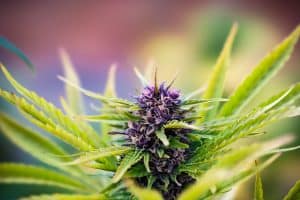
However, research into polyploid cannabis is still in its early stages, and much more research is needed before any definite conclusions can be formed about their benefits, particularly in terms of enhanced production and cannabinoid concentration. However, as the global cannabis business continues to grow, the emergence of dependable and resilient polyploid cannabis strains might be the industry’s largest game shift since feminized and autoflowering seeds.
Tetraploid and triploid cannabis genetics have a promising future; however, it is only a matter of time before these strains become available on the cannabis market. Meanwhile, you can utilize “regular” diploid cannabis seeds. There’s never been a better moment to be partnered up with a cannabis strain that’s poised to display the very best of its genetic makeup since it’s still capable of flourishing in a broad range of environments. Go to Premium Cultivars and choose the best cannabis seeds available today. Whether you’re new to cannabis production or have years of experience, we have you covered.
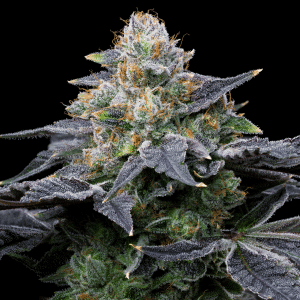
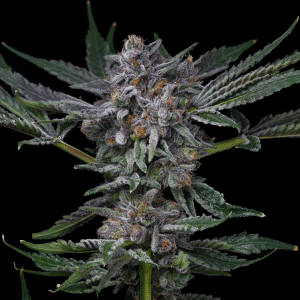
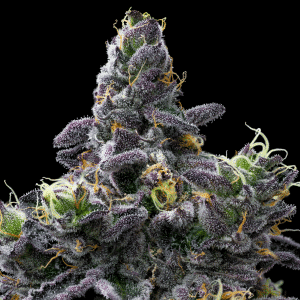
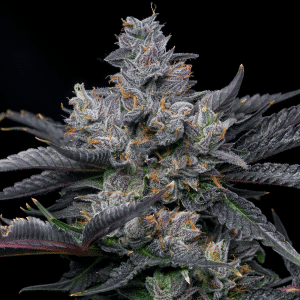
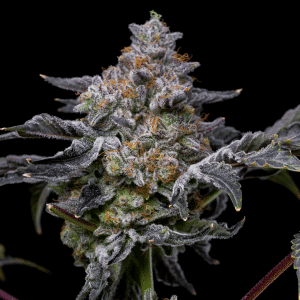
Offers
This product is not for use by or sale to persons under the age of 18. This product should be used only as directed on the label. It should not be used if you are pregnant or nursing. Consult with a physician before use if you have a serious medical condition or use prescription medications. A doctor’s advice should be sought before using any hemp products. All trademarks and copyrights are property of their respective owners and not affiliated with nor do they endorse this product. These statements have not been evaluated by the FDA. This product is not intended to diagnose, treat, cure or prevent any disease. By using this site you agree to follow the Privacy Policy and all Terms & Conditions printed on this site. All products contain less than 0.3% Cannabinoid-compliant with applicable Federal Laws. Please make yourself aware of any and all applicable laws regarding hemp in your jurisdiction. Premium Cultivars accepts no liability or responsibility regarding germination laws in any specific locale state or national jurisdictions.THCA products are not available for shipment to the following states: Hawaii, Idaho, Minnesota, Oregon, Rhode Island, Utah, Vermont *Note: Products with Total THC content above 0.3% must not be shipped to these states.
We want to help you get your hands on the seeds you want, take 20% off your next purchase when you enter your email below!
We want to help you get your hands on the seeds you want, take 20% off your next purchase when you enter your email below!